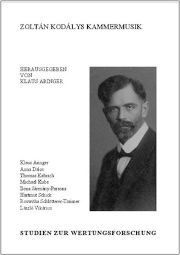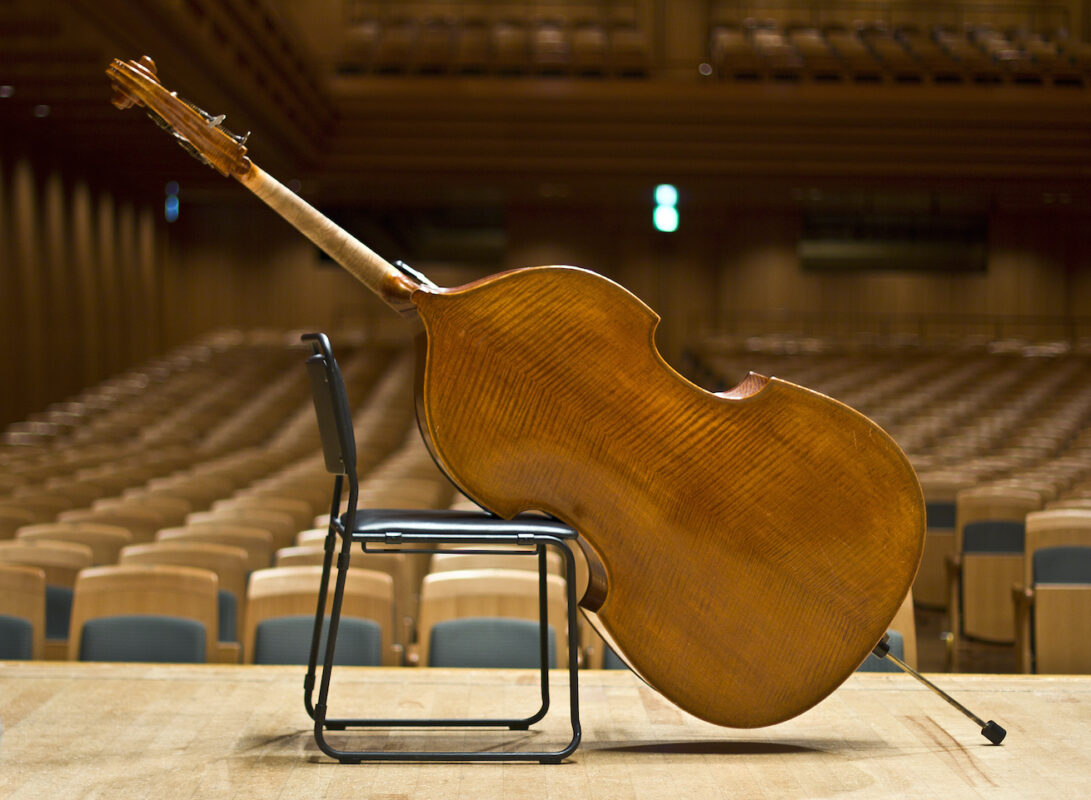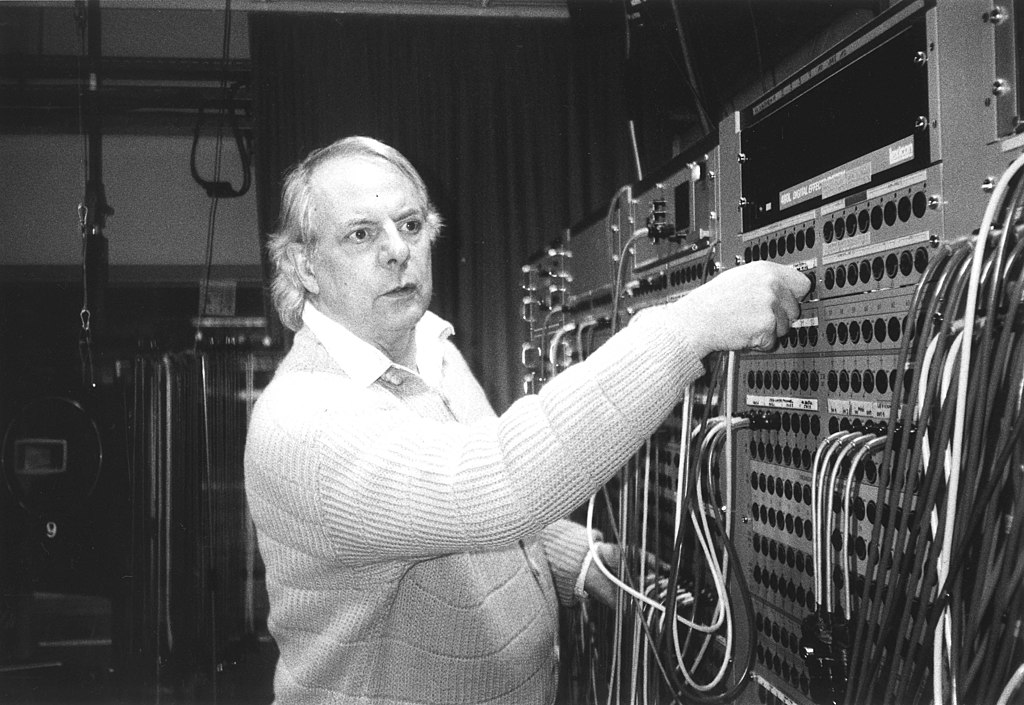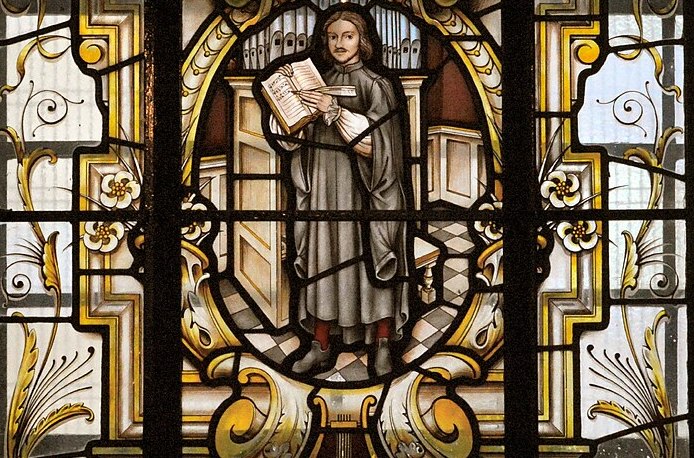About Kodály's chamber music
A German book about Zoltán Kodály is rare anyway. This one is also devoted entirely to his chamber music. - Hopefully an incentive for one or two ensembles to include it in their programs.
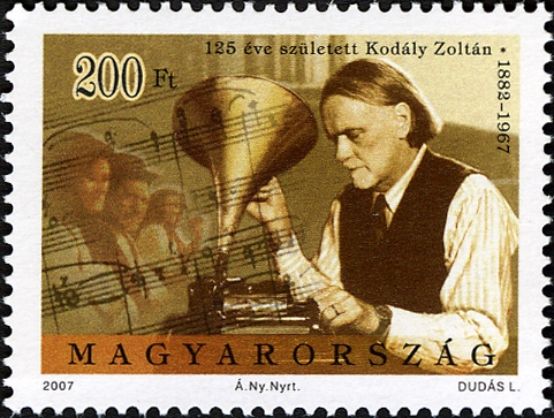
An overview of the 57 volumes in the series Studies on valuation research, one is amazed at the diversity of the subject areas, but is often also surprised that many of the findings hardly reach beyond the boundaries of science to the musicians and concertgoers, who could be regarded as their "consumers". However, since in most cases these are the collected lecture manuscripts from symposia, whose language sometimes corresponds to specialist jargon, they would have to be "translated" for laypeople. And so it is a long way to the performers and then to the concert introductions.
In this volume on the chamber music of the Hungarian composer Zoltán Kodály (1882-1967), however, all the texts are written in a pleasingly readable style. In addition, extensive score examples are included so that "reading along" with the music makes it easier to access the aspects discussed. Hartmut Schick examines the Cello Sonata op. 4 from the perspective of the fourth, the treatment of which forms the threshold to New Music. Roswitha Schlötterer-Traimer shows folk music elements in the first and second string quartets, László Vikárius in the solo cello sonata op. 8. Michael Kube focuses on the string quartet op. 2 with its reception and printed editions, Anna Dalos on the string quartet op. 10, whereby the period of the First World War plays a role here.
It is commendable that the space belongs to Zoltán Kodály alone (without the usual reference to Bartók) and that the socio-political side of the period before the First World War - Kodály's Budapest around 1900 - is presented in detail by Ilona Sármány-Parsons. Thomas Kabisch and Klaus Aringer deal with the two unusually scored works Opus 7 (Duo for violin and cello) and Opus 12 (Serenade for 2 violins and viola). Thus, some compositions are presented that rarely find their way into today's chamber music programs. Such a publication could remind musicians of Zoltán Kodály's name and remedy this shortcoming. German-language literature is so rare that even the small book with the five conversations that Lutz Besch had with Kodály is mentioned several times (Verlag Arche, Zurich 1966).
Zoltán Kodály's chamber music, Studien zur Wertungsforschung 57, edited by Klaus Aringer, 239 p., paperback, € 28.50, Universal Edition, Vienna 2015, ISBN 978-3-7024-7283-2






